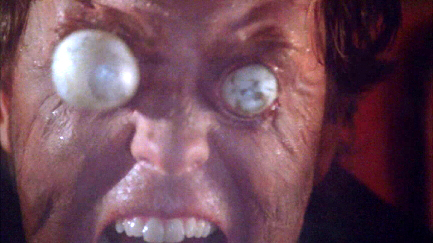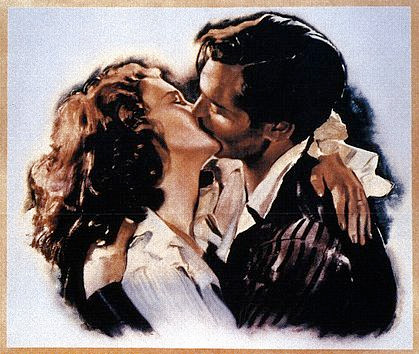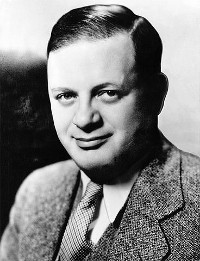altivolant
adj. high-flying
aspectable
adj. capable of being seen, visible
terriculament
n. a source of fear
John Lithgow’s eyes pop out of his head momentarily at the climax of “Nightmare at 20,000 Feet,” the final segment in Twilight Zone: The Movie (1983). In the segment, a remake of the famous television episode from 1963, Lithgow plays a nervous air passenger who discovers a gremlin on the wing of his plane. At the moment when he lifts the shade, the edit shows the monster for 17 frames, then Lithgow’s face for 10 frames, then the monster for 42 frames, and then a 5-frame shot of Lithgow’s head incorporating the eye-popping effect.
Of these 5 frames, the first three show a wild-eyed Lithgow, the fourth shows bulging eyes, and the fifth is shown below. “This 5-frame sequence is on the screen for 1/5 second, but the most distorted image is only visible for 1/24 second,” writes William Poundstone in Bigger Secrets. “Blink at the wrong time, and you miss it. But if you watch the shot carefully at normal speed, the sequence is detectable. Lithgow’s eyes seem to inflate with an accelerated, cartoon-like quality.”
Here’s the frame:





